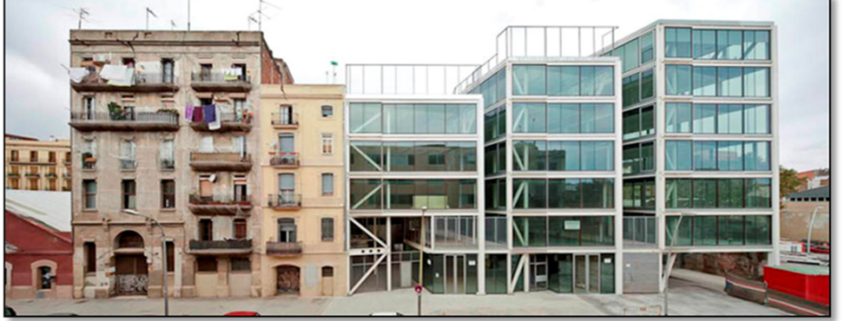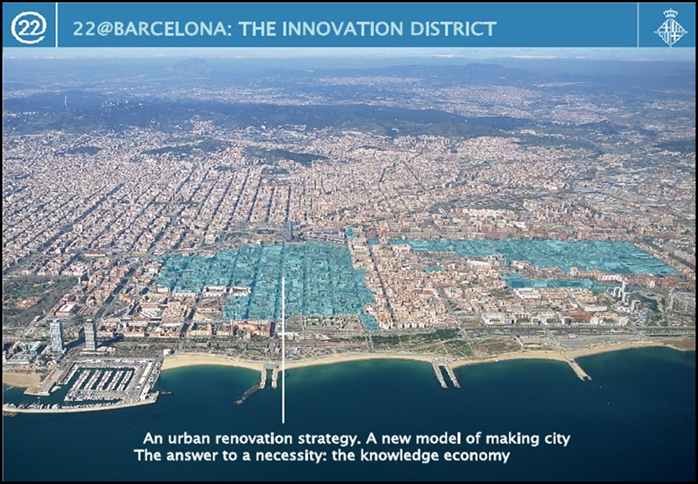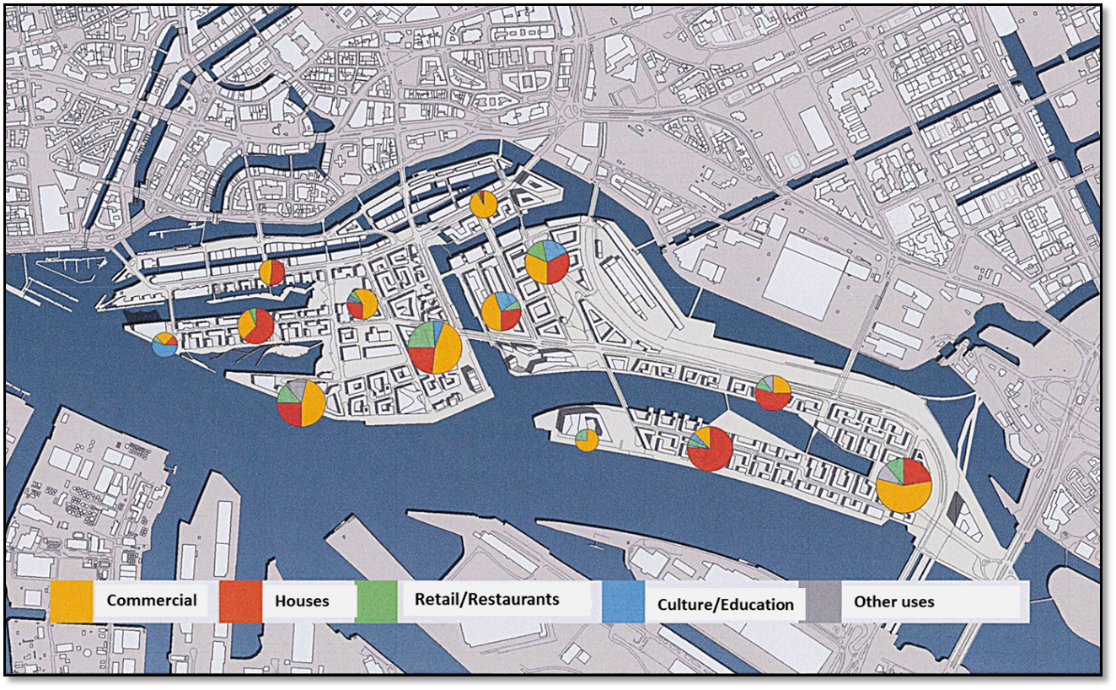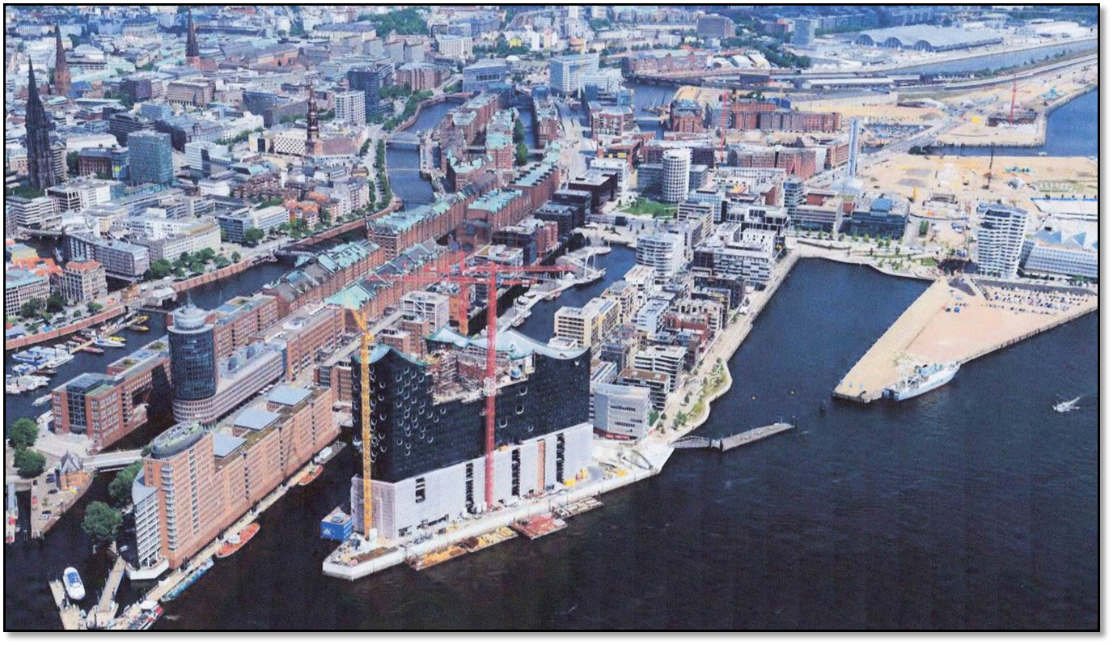The Innovation District: Lessons from Europe by Chris Green, Director, SQW
The ‘innovation district’ is currently one of the most fashionable ideas in economic development. Typically high density, mixed live/work/play areas in larger cities, centred around tech firms and R&D/education facilities, they are designed physically and functionally to encourage interaction and open innovation. As such they are the antithesis of science parks, most of which were designed to be low density, suburban, and car-oriented, often in parkland settings and segregated from other land uses such as housing. King’s Cross and the Knowledge Quarter represent an emerging British model of such a district.
SQW, as an economic development consultancy, is involved in a number of innovation district schemes, including one in Cambridge, and as part of that work recently visited two European examples: 22@ in Barcelona and HafenCity in Hamburg. This blog considers what they have to teach us about developing successful districts.
22@ Barcelona is a City Government initiative to transform the dilapidated historic cotton district of Sant Marti, previously known as the “Manchester of Catalonia”, into an innovative high-technology business area. It was started in 2001, with a budget for infrastructure works of 180m euros. Sant Marti comprises 200 hectares of privately owned, run-down and mostly abandoned land close to the city centre. The 22@ project has opted for a dense, mixed-use environment with a number of distinctive technology clusters and reduced access for private vehicles to encourage the use of public transport. It forms part of the overall city strategy of “Barcelona, the City of Knowledge”.
HafenCity in Hamburg, by contrast, re-uses redundant docklands that were already in public ownership. It covers a smaller area than 22@, but is also a City Government initiative, aimed at creating a major extension to the old city centre. A city development vehicle has been very creative, and assertive, in mixing uses within the ten ‘quarters’ and across the whole development – for example, bringing together commercial developers and social housing providers to deliver mixed-use schemes. The quality of planning and design is strikingly high and the whole area is served by two new stations on the extended underground rail system.
22@ and HafenCity provide outstanding examples of innovation districts which have been developed for long term benefit to the host city, the various occupiers and the developers. They provide some important lessons that are relevant to national and local government and the development industry in the UK, both specifically in relation to the creation of innovation districts and more generally to the long term regeneration of our cities. These include the need for:
- a clear vision for the development and a comprehensive and robust master-plan, which is part of a wider strategy
- a structure and design which facilitates open innovation, networking and social as well as professional interaction in a high quality, high density mixed-use development
- a distinctive brand which is associated, but not synonymous, with the host city
- a genuinely varied mix of uses that must be maintained over time
- strong leadership and partnership between public and private sectors to create ‘shared value’ for the long term and an enduring and authentic development.
And what are the challenges that will need to be addressed? The European experience suggest they are:
- innovation districts may draw in existing activities from elsewhere in the city, for no net gain – becoming successful enclaves in an otherwise declining city economy
- successful innovation districts may over time become too expensive for some of the uses essential to their character and economic benefit
- in the UK context, control over the mix of uses is compromised by the relaxation of planning regulations
- as with most successful regeneration projects, public investment in infrastructure (generally ahead of demand) is essential
- one or more ‘innovation anchors’ is necessary – usually a university.
SQW intends to use this learning in its future work in this area. If you would like to discuss the topics raised in this article further, please contact Chris Green at cgreen@sqwgroup.com or ring SQW on 020 7391 4100.
Webpage cover





